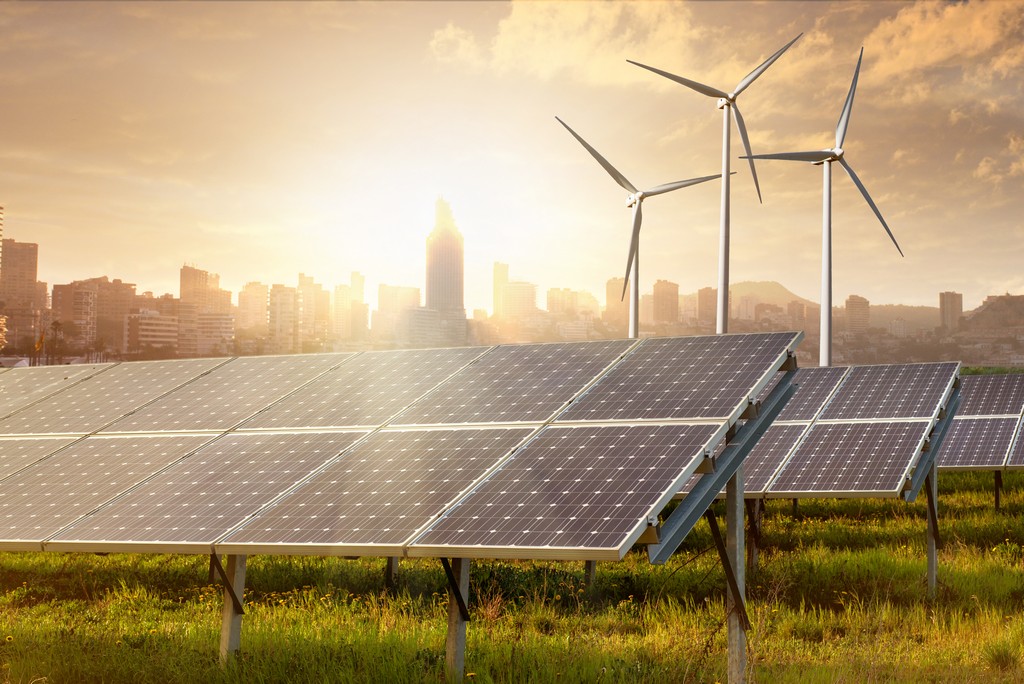Think tank says Philippine RE share falls behind global average at 22%
- May 10, 2024
- 0

Think tank Ember observes that the Philippines is trailing behind in renewable energy (RE) progress in 2023, with the country having generated only 22%, while the global average stands at 30%.
In a report by Business World, Ember said that, in contrast to its neighbor, Vietnam, which achieved a 13% share for solar and wind in 2023, the Philippines has not experienced com
The think tank went on to say that 78% of the country’s electricity supply came from fossil fuels, with per-capita emissions from the power sector lower than the global average.
Furthermore, almost a fifth of the country’s electricity came from low-carbon sources, with the bulk coming from geothermal and hydropower.
Meanwhile, solar and wind had only supplied 2.5%, substantially lower than the averages in Southeast Asian countries at 4.4% and the global average at 13%.
Ember also noted that in the last 10 years, the Philippines witnessed a nearly twofold increase in power sector emissions due to rising demand, which was met by more than doubling coal power generation.
Ember’s Asia Programme Director Aditya Lolla said that a renewable future is already within reach as solar power has been expanding at an unparalleled rate. For two consecutive years, solar power eclipsed wind power as the top source of new electricity, continuing its upward trajectory of being the fastest-growing electricity source for the 19th year.
As of February this year, the Department of Energy (DOE) estimated that coal accounted for 43.8% of power generation, with installed capacity for coal-fired power plants reaching 12,406 megawatts (MW).
The energy department added that a number of power projects would go online in 2024, offering a minimum of roughly 4, 164.92 MW.
Of this estimation, 1,984.775 MW of total solar capacity remained untapped due to unfinished projects, with 966.294 MW expected to be fully operational by June while 498.888 MW are already for testing and commissioning.